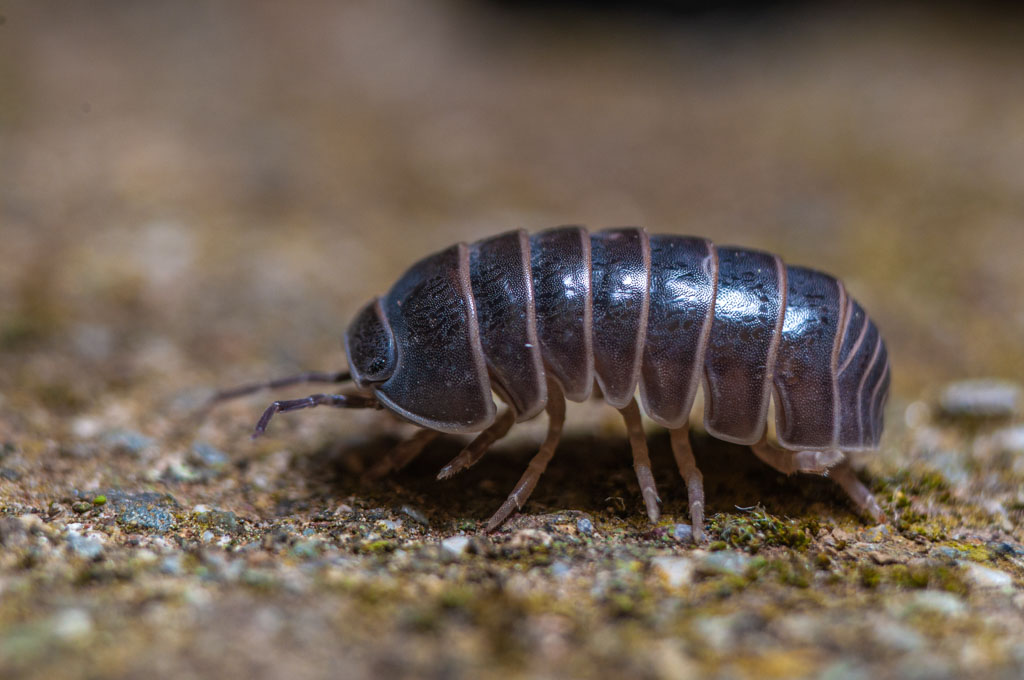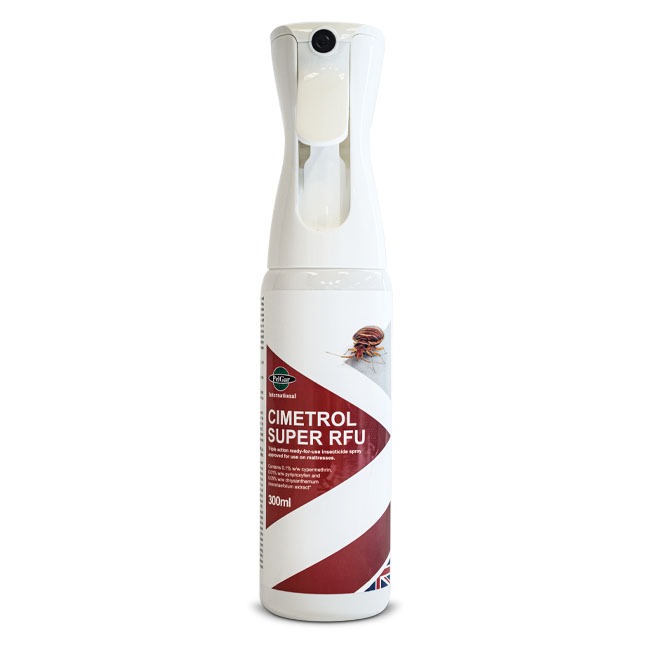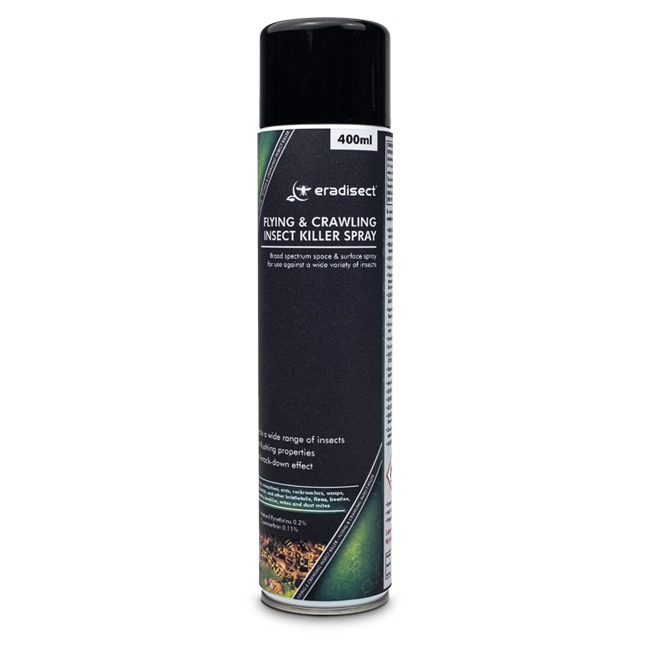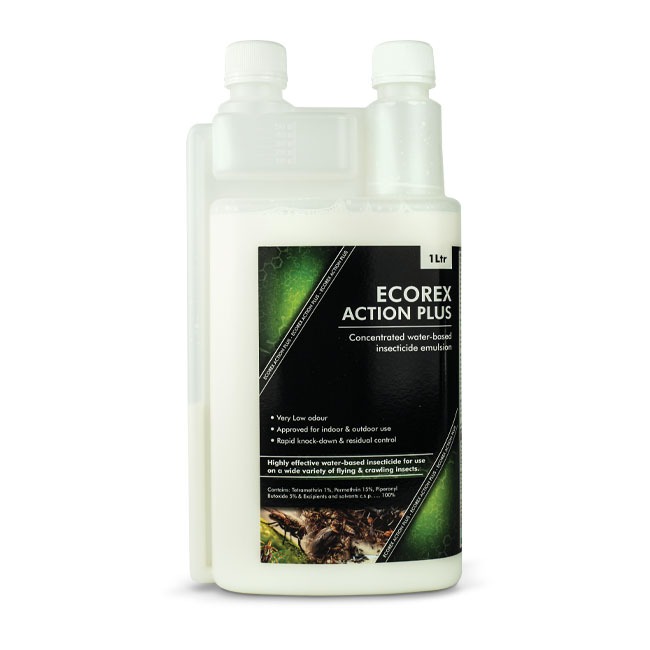Common Woodlouse (Porcellio scaber)
 |
Woodlice come indoors mainly during the winter and early spring, usually searching for protection from the onset of cold weather. They do not come indoors to breed, but there may be a colony of woodlice near an entrance to the house.
Identification:
The adult woodlice is about 15 mm in length, quite flat, and slate grey in colour. The woodlouse is not an insect but a crustacean that has 14 segment and 7 pairs of legs to its body, which gives the woodlouse the flexibility to be able to curl into a ball to protect itself from danger.
Biology:
After mating, females carry their fertilised eggs in a small brood pouch under their bodies. The young hatch inside the pouch and stay there until they are big enough to survive on their own. Their average lifespan is 3 – 4 years. Woodlice, like other crustaceans have gills and require moisture in order to survive.
Control:
Not considered a public health pest, woodlice only inhabit areas indoors where suitable damp conditions exist, such as cellars and around sink waste pipes, resolving the problem long-term will involve removing the underlying causes of the damp. Proofing of doors and removal of harbourages will discourage this casual intruder from entering buildings, wall/floor junctions can be treated with a residual insecticide labelled for crawling insects. Sealing cracks and crevices on the outside of a building and around doors with mortar or mastic will help to prevent woodlice coming in.
Products to control Common Woodlouse:
|
Cimetrol Super RFU (300ml) |
Eradisect Flying and Crawling Insect Killer (600ml) |
Ecorex Action Plus (1L) |



